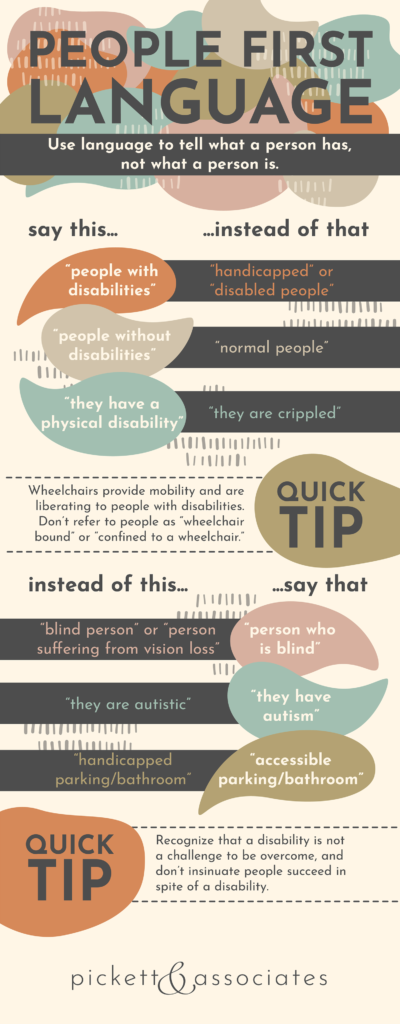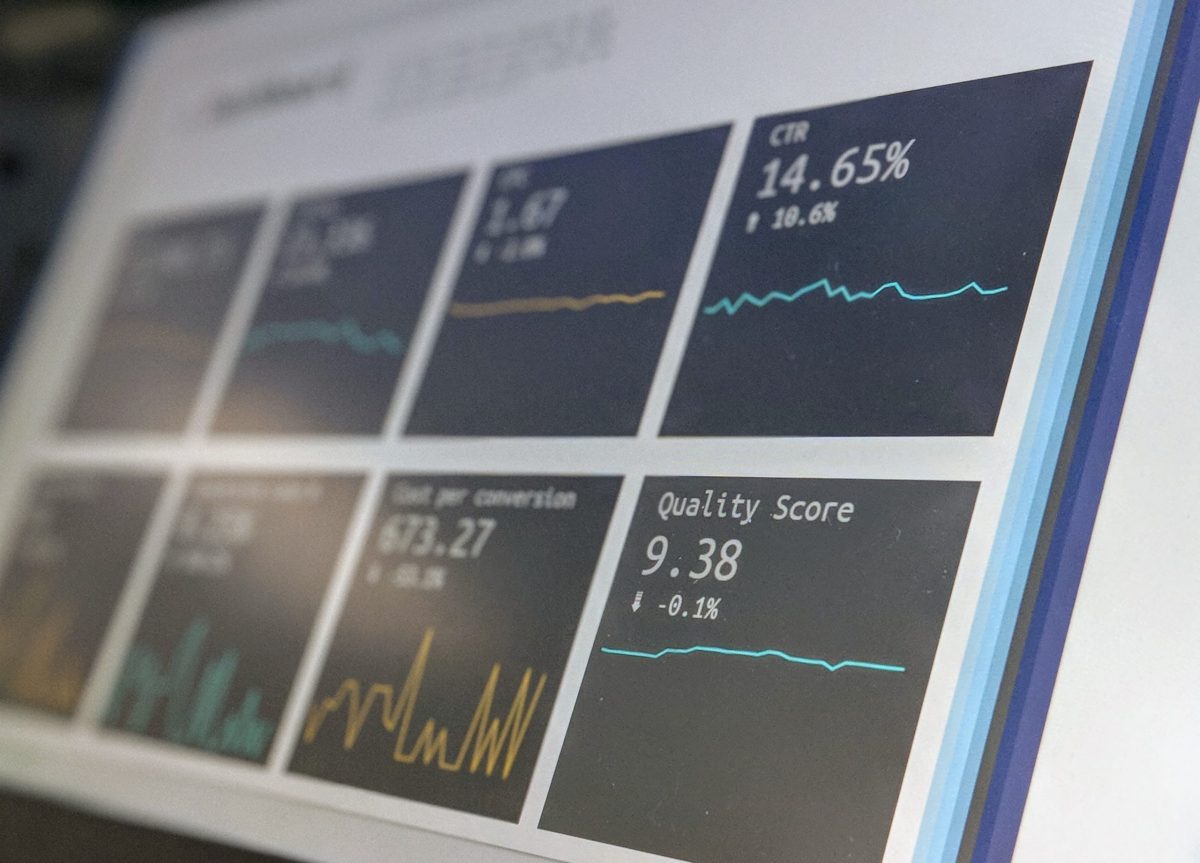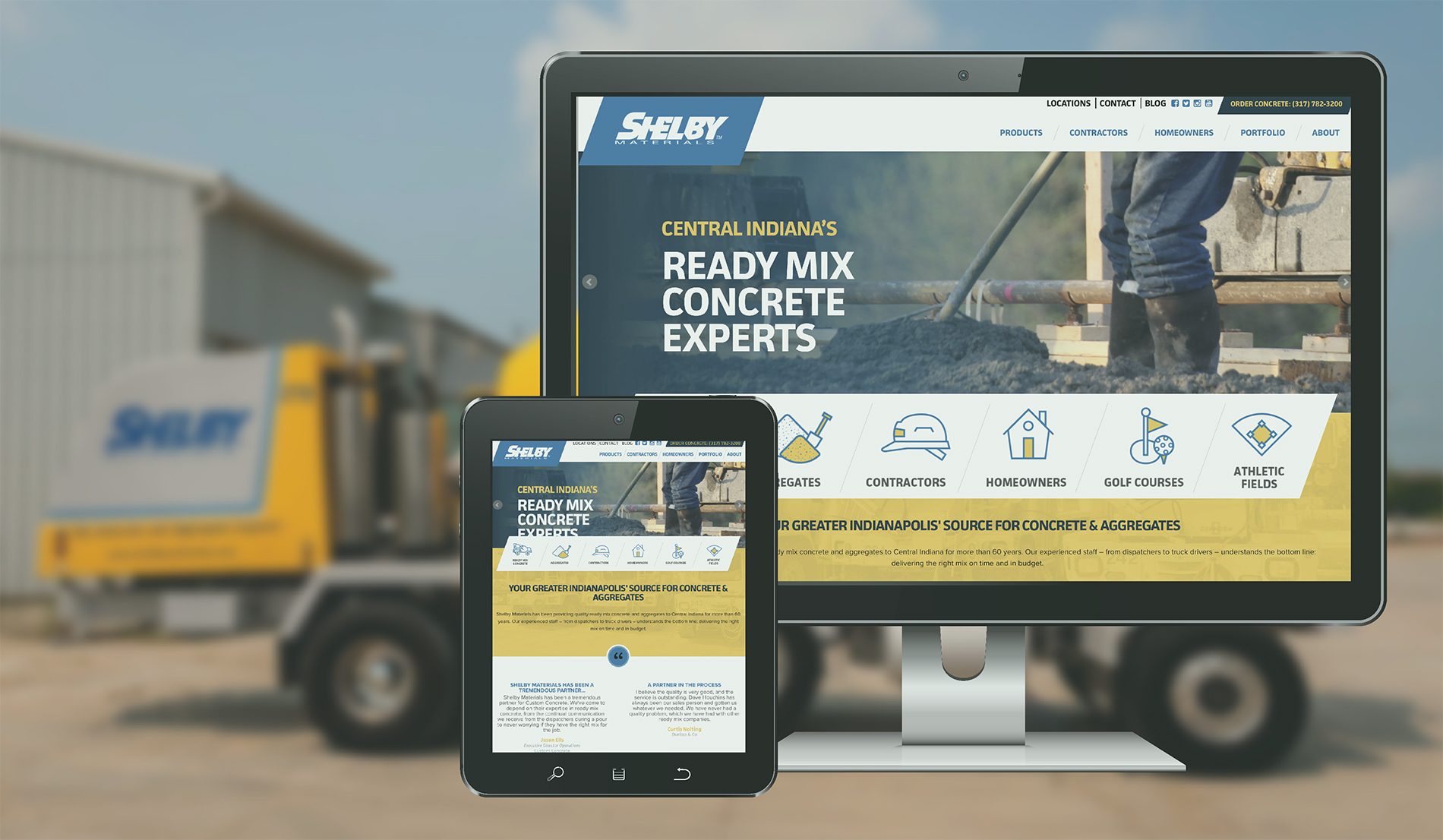GUEST BLOGGER (AND INTERN) ERIN MAST
Insights from a Pandemic-Era Intern
After enduring nearly two years of a global pandemic, I have been very fortunate to have had three very different internship experiences. At the start of the pandemic, I worked as a Marketing and Leadership Intern at Cleveland Angels, a nonprofit that supports families and youth impacted by the foster care system. The second summer of the pandemic, I earned a position at The Children’s Museum of Indianapolis as their Digital Marketing intern, where I helped create engaging digital content that amassed thousands of views and interactions. Now, I am here at Pickett&Associates where I am gaining a new perspective on communication and public relations while working with clients like the City of Greenfield and the Indianapolis Symphony Orchestra.
I have learned so much about myself and the world around me during each of these internships, but I’m not going to lie to you. Interning during a global pandemic can be very challenging. That is why I want to

share with you what I have learned in hopes that if you are about to start a new internship (or introduce someone to an internship at your company), you can be prepared to do your best and gain as much as you can from your experience, like I did.
Take advantage of opportunities — even the unexpected ones
Before any of us knew the world was going to shut down, I had an amazing internship lined up at the Wintergreen Music Festival in Virginia. As an Arts Administration major, it was everything I was looking for in an internship. By the end of our spring semester though, everyone had been sent home and the festival, and my internship, were canceled with no reprise in sight. I was now stuck in Cleveland for the summer during a global pandemic with nothing to do – or so I thought. That is when I stumbled upon Cleveland Angels and applied to their internship program as a last resort option. After a brief interview, I was offered an internship position and quickly got to work learning everything I could about the foster care system. I can not stress how critical this internship became to my development as a nonprofit administrator and marketing professional. I learned so much in that one summer and developed a passion for helping families and youth impacted by the foster care system. At the end of the summer, the Executive Director even asked me to stay on part-time as their Social Media Manager — which I did until May of 2021. What started as a last-ditch attempt to do something during the summer became a pivotal experience to who I am today.
All of that being said, there are many internship programs that have yet to return after the world shut down. Maybe one of those internships was your dream position a few years ago, but the world is different now and I strongly encourage you to pursue new opportunities and internship positions that you might not have considered before. You never know what you will learn about yourself and where you want to go in life by saying yes to trying something new.
Organization is going to be your best friend
Many internship programs that have resumed don’t look exactly the same as they did before the pandemic. Many of them are still virtual, while some are operating in a hybrid format. While interning at The Children’s Museum, I would go in to the office once or twice a week to gather content and meet with my advisor, but much of my work and meetings were done virtually from my home. Working virtually has taught me that it is crucial to find an organization method that works for you. Whether that is an online task tracker where you can check things off as you go, or a traditional pen and paper checklist, it is really important to keep your thoughts and projects in order because you probably won’t have as many people checking in on you to make sure you are getting things done.
Make the extra effort to connect
One of the most important aspects of doing an internship is networking. It is your opportunity to quickly meet a lot of people who understand the career you are wanting to pursue and know how to help you get where you want to go. That being said, networking in a virtual work environment is hard. I have found there are a few ways to make sure you are still connecting with your new colleagues and learning as much as you can from them during your internship.
First, I suggest individually reaching out to people in the company who you are interested in learning from. More often than not, people are very willing to connect with interns and give them tips for how to succeed in their internship and career. Setting up a quick 15 minute video call is a great way to get your name and face out there and make a strong impression. I have also found that it is really important to stay connected with the people you regularly work with during your internship. This is where you need to learn how your colleagues best communicate. Do they primarily converse over email, text, or maybe an online messaging platform like Slack? By learning their preferred communication methods and patterns, you can better stay in the loop and show you are eager to learn and be a valuable part of the team.
Consider keeping a journal
A final piece of advice that was imparted upon me by one of my professors is to keep some sort of journal during your internship. This journal could be made up of handwritten entries every day, typed notes after notable events, or even quick thoughts jotted down in your phone. What matters is you have something to track your personal progress and thoughts as you advance through your internship. Internships are great for learning and refining industry-specific skills, but they are also meant to help you learn about yourself. For example, you might learn that you like working for small organizations as opposed to a large corporation you interned with during a previous semester. Or you might figure out that your preferred communication style is chatting in person with your colleagues instead of catching up through email. Writing these thoughts down as they come can serve as a very useful tool later on when you are looking for your next internship or even your first job.
Unfortunately, there is no such thing as a perfect internship, especially in a post-pandemic world where businesses and organizations are still trying to overcome their own challenges and hurdles. If you can enter an internship with an open mind and strong intentions to learn though, you have a huge potential to significantly grow as a professional and as a person. Go find your next internship with confidence; there’s no limits to what you can accomplish.



 music “brought to life with Broadway-style showstoppers, the famous tap-dancing Santas, and more!” The show will once again feature the Grammy-award winning singer, Sandi Patty, and this year the ISO welcomes the addition of T.3, a trio of tenors who are competed this fall on America’s Got Talent. Tickets remain available, especially next week as families countdown to December 25. Added bonus: The “world’s largest Christmas tree,” aka the decked out downtown Circle.
music “brought to life with Broadway-style showstoppers, the famous tap-dancing Santas, and more!” The show will once again feature the Grammy-award winning singer, Sandi Patty, and this year the ISO welcomes the addition of T.3, a trio of tenors who are competed this fall on America’s Got Talent. Tickets remain available, especially next week as families countdown to December 25. Added bonus: The “world’s largest Christmas tree,” aka the decked out downtown Circle.
 physical therapy at “Crossroads Rehabilitation Center” aka, now known as Easterseals Crossroads. While this was more of a minor inconvenience in light of the serious challenges some kids conquer, it did open my eyes to something significant. At that time (back in the dark ages), there wasn’t such a thing as the “ADA” or accommodations. In my hometown (Indianapolis), there was one school to which all the students who had any sort of physical, emotional or intellectual disability were funneled. I know. Let it sink it. It was suggested I’d be “better off” at this school when my mom asked for a special desk so i could read without holding a book above my head. I’ll spare you the details of “the day my mama socked it to … ,” but suffice it to say, that didn’t occur. That said, it made me painfully aware of all those kids who WERE there. And labeled as so very different. Fast forward light years, I get to work with Easterseals as a client early in my PR career, and learn about “People First Language.” And jump another decade, and the hubs is deeply involved with Special Olympics Indiana. And they, too, encourage “People First Language.”
physical therapy at “Crossroads Rehabilitation Center” aka, now known as Easterseals Crossroads. While this was more of a minor inconvenience in light of the serious challenges some kids conquer, it did open my eyes to something significant. At that time (back in the dark ages), there wasn’t such a thing as the “ADA” or accommodations. In my hometown (Indianapolis), there was one school to which all the students who had any sort of physical, emotional or intellectual disability were funneled. I know. Let it sink it. It was suggested I’d be “better off” at this school when my mom asked for a special desk so i could read without holding a book above my head. I’ll spare you the details of “the day my mama socked it to … ,” but suffice it to say, that didn’t occur. That said, it made me painfully aware of all those kids who WERE there. And labeled as so very different. Fast forward light years, I get to work with Easterseals as a client early in my PR career, and learn about “People First Language.” And jump another decade, and the hubs is deeply involved with Special Olympics Indiana. And they, too, encourage “People First Language.”





